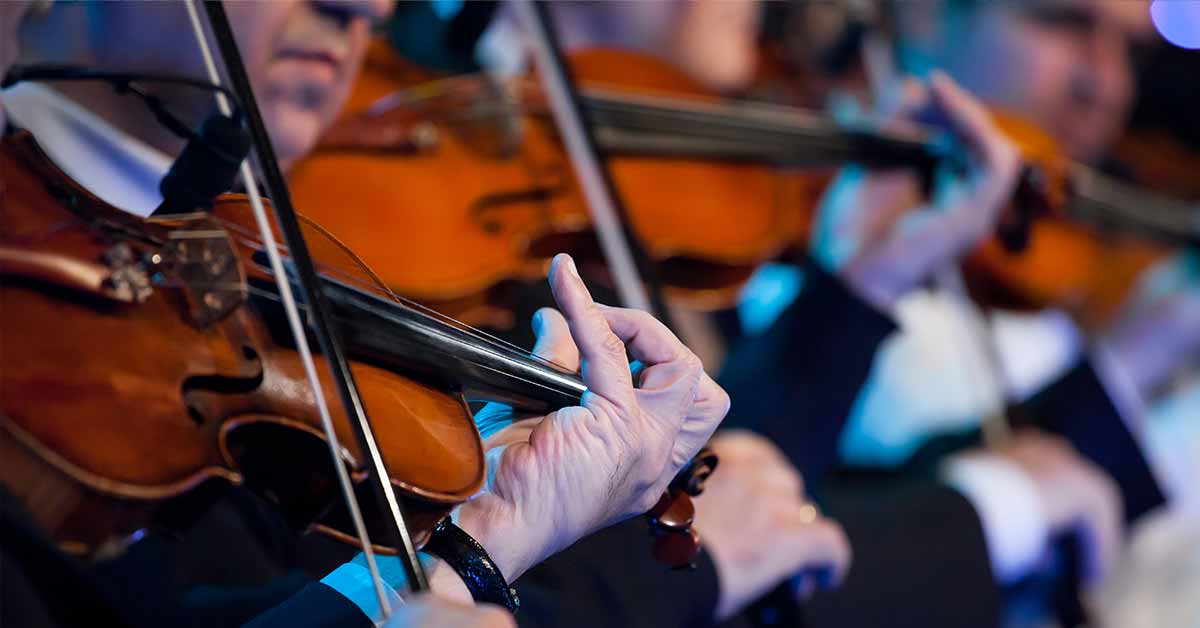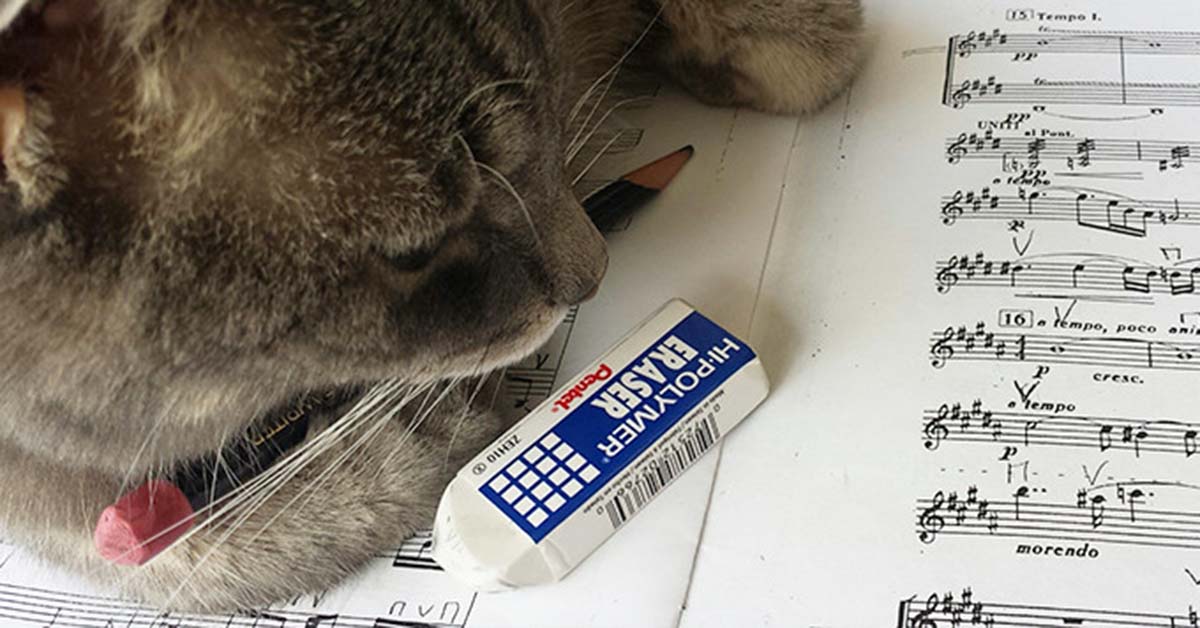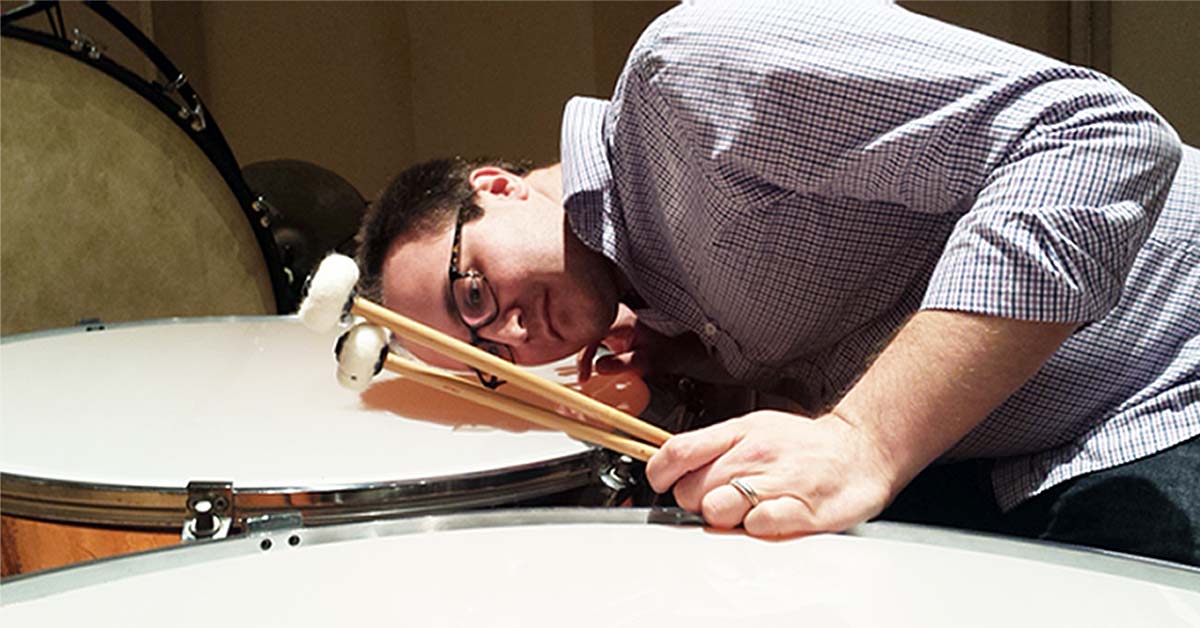Trust is a commodity in the classical music business. Not just in the obvious places like programming, performances, and leadership, but in the intangible spaces that either elevate or erode our experiences.
For example, a conductor programs a work that is perceived as thorny, challenging, maybe even off-putting to some audiences. Do they already have trust built up with their community? Have they nurtured enough curiosity that a listener will say, “This likely is not my usual cup of tea, but I will give it a shot”?
Trust from an audience does not appear overnight. It is cultivated slowly through consistency, transparency, and often through shared joy. It is broken easily when programming feels self-serving or disconnected from the people we aim to serve.
And it is not just about audiences.
There is also trust between conductors and musicians. If a conductor programs a work that is exceptionally difficult, is there mutual trust between them to all make the performance rise to the level of expectations.
Musicians, for their part, are constantly assessing. Is this conductor giving information clearly? Are we on the same team? Do they hear us? Do they see us? Do they value us? If trust is not there, rehearsals become tense, and performances become careful. And careful is not what moves people.
Even within the orchestra itself, trust shows up. Section to section. Stand partner to stand partner. It shows in the way we breathe together, risk together, recover together. It also shows in how we support each other. When a solo is great, a mention of congratulations is a must. Even after a performance, just saying “thank you” to a stand partner or nearby musician can build incredible bridges. What erodes that is backchanneling, gossip, and efforts to push people down so others can rise above.
Then there is the trust between board, musicians, and management, and this one often gets overlooked.
It is hard to give your best when you are kept in the dark about plans, strategy, or changes that affect your livelihood. Transparency is not just a buzzword. It is a show of respect and inclusion. After all, we are all striving for the same results. Great ticket sales and a memorable experience. When management shares information openly, invites input sincerely, and acknowledges the value of every role, artistic and administrative, trust takes root.
But when communication is vague or filtered, or when inclusiveness becomes a checkbox instead of a real effort, trust erodes fast.
Trust also shows up in how we listen. Really listen.
If someone on your team has expertise in something artistic, technical, or administrative, it is not just courteous to defer to their knowledge. It is smart. Second-guessing, cherry-picking opinions to support a predetermined narrative, or relying on confirmation bias is not just inefficient. It is damaging.
There is power in curiosity. When someone offers insight, instead of responding with suspicion or resistance, what happens if we say, “Tell me more”? That simple shift opens the door to deeper understanding, more thoughtful decisions, and more collaborative success.
I have come to think of trust as the oxygen of our art form. Unseen, often unspoken, but necessary for everything we do.
And the best part? We build it with every note, every gesture, every honest interaction.










